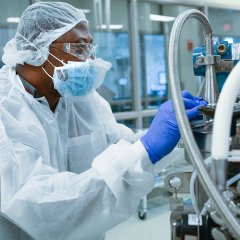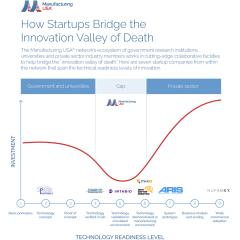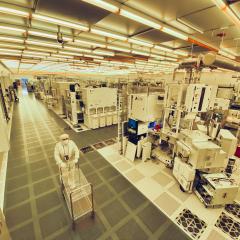
America Makes Ecosystem Director Kimberly Gibson, a municipal planner by training, was involved in the national additive manufacturing institute at its inception more than 12 years ago. She saw the proposed innovation institute as a pathway to help reinvent Northeast Ohio’s manufacturing and industrial base from its legacy of coal, steel, and...





